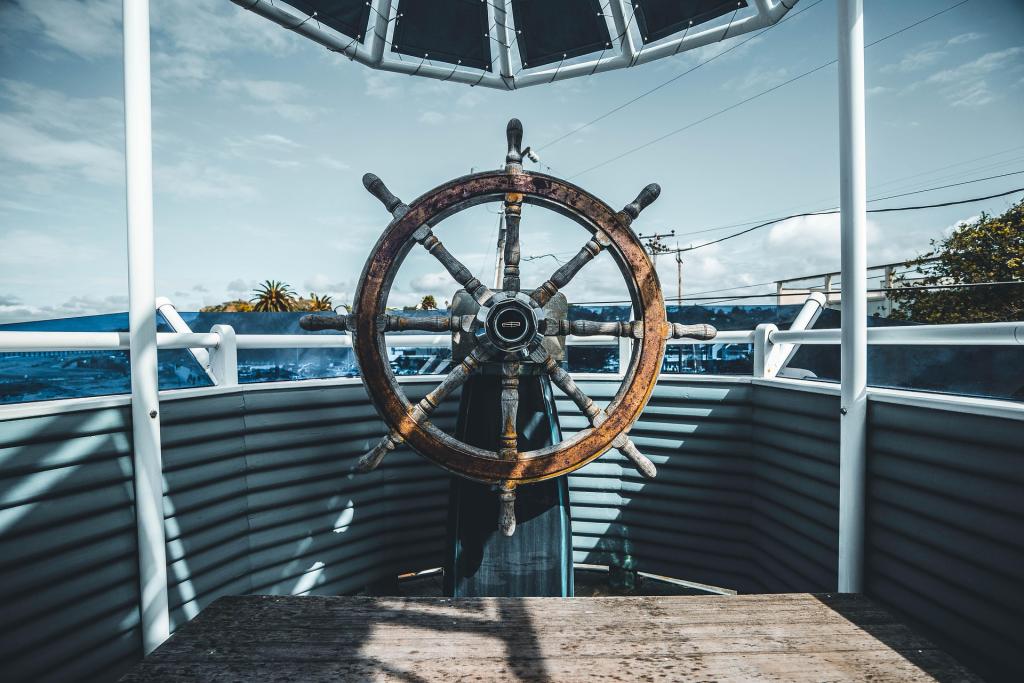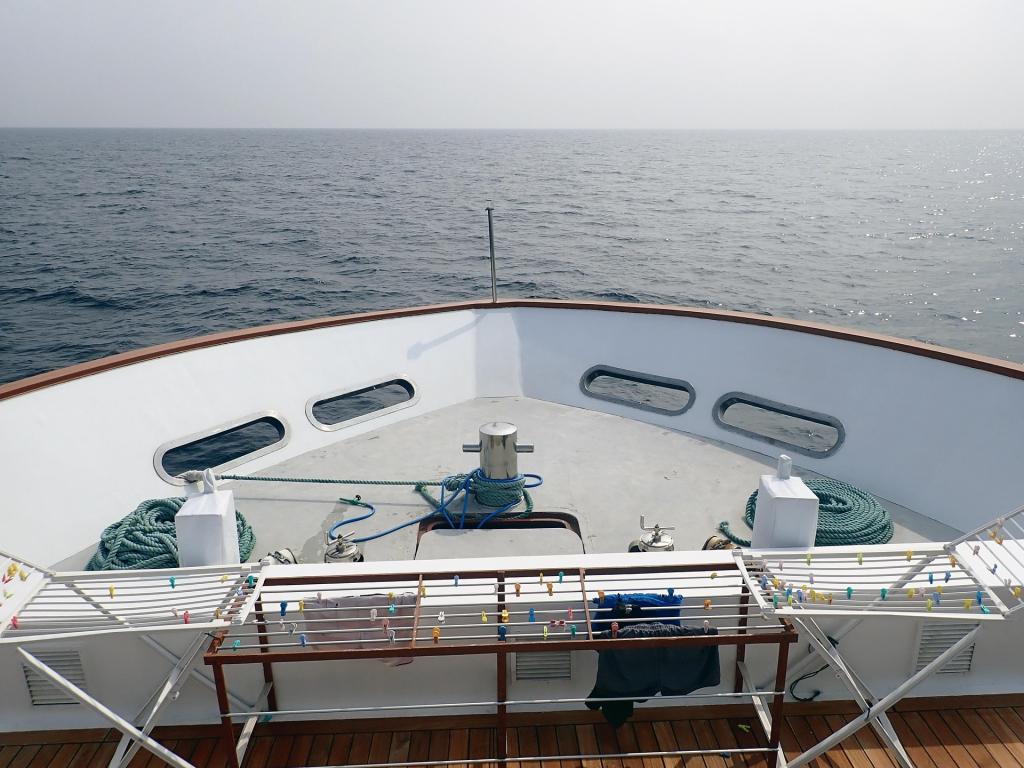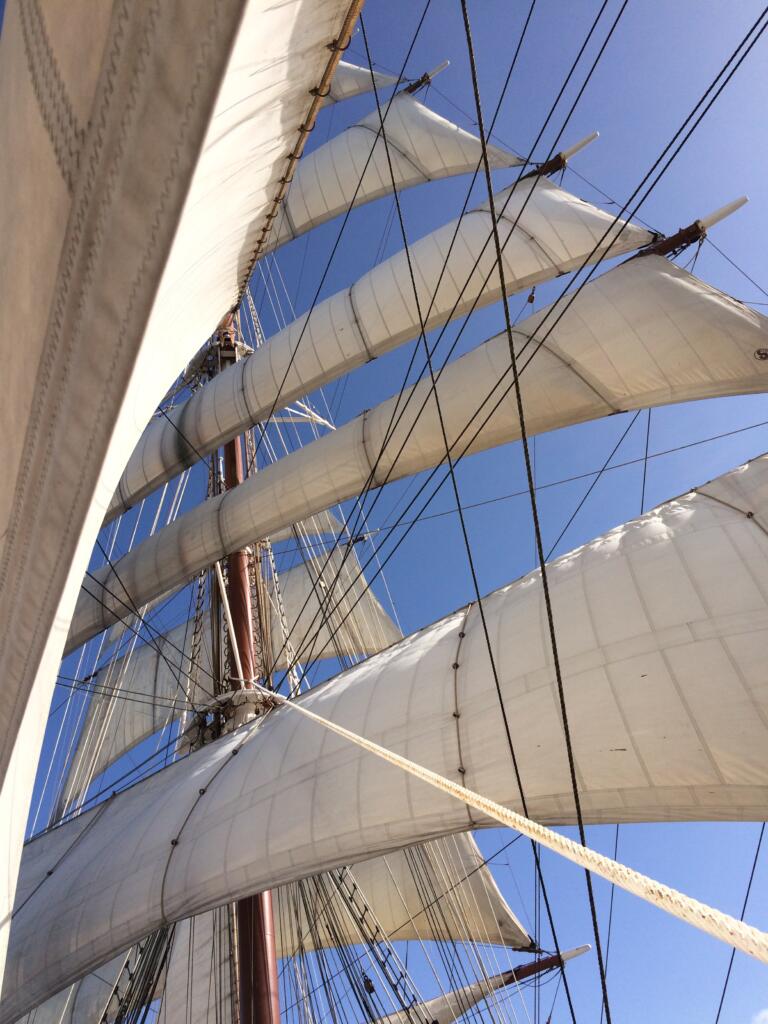
One of the best parts about living on a lake is the opportunity to sail or go boating. Especially as the weather is getting warmer, more people will be enjoying the fresh air and sun while out on the water. Whether you’re new to boating or you’re a seasoned sailor, we all can share the common nautical language. That language is different from the terms we use on dry land. Boating jargon can undoubtedly be confusing (what does starboard mean anyway?) but no need to worry. We’re here to help you out with the basics of boat lingo. Not only is it a necessary, common language shared among boaters — it’s also fun. We’ll cover several standard boating terms, their meaning, and history. Whether it’s directions, parts of the boat, or other nautical terms, you’ll be talking like a real sailor in no time!
Port and Starboard

Port and starboard refer to the right and left sides of a boat, with port, meaning the left side, and starboard, describing the right side. At first, it may seem silly to introduce new words in place of pre-established terms — why not just call it right and left? It’s because the words right and left are subjective to position, and they’re different depending on where a person is standing on a boat. On the other hand, port and starboard refer to fixed locations and will be standard no matter which way your crew is facing.
But why the names port and starboard? In the early days of sailing, the steering oar was located on the right side of the boat since most sailors were right-handed. The steering side fuses two old English words, steor (steer) and board (side of the boat). Eventually, this was shortened to starboard. On the side of the boat opposite the steering wheel, sailors would load shipments. Since the loading side faced the port, the term port became shorthand for the left side of the boat. And if you have trouble remembering which is which, remember this simple trick — ‘port’ and ‘left’ both have four letters.
Stern and Bow

Just as the terms right and left have been tossed out of the porthole (window) when it comes to proper boating lingo, front and back are history as well. Instead, stern refers to the back of the boat, while bow refers to the front. When moving towards the bow of the boat, sailors use the term forward while aft refers to moving towards the stern. If that’s not perplexing enough, you can also use combined terms like starboard-bow to refer to the front right of the boat, just as you might use the word “northeast” when giving directions for a car.
Tacking and Jibing

Tacking and jibing (gybing) are both sailing maneuvers that involve turning the boat’s bow towards the wind, so the wind changes from one side of the ship to the other. While tacking refers to turning your boat against the wind, jibing means turning your boat directly into the wind. As the idiom “may the wind be at your back” implies, tacking is the most common technique to create smooth sailing. Jibing is less common and used when the destination is downwind on the opposite tack. That said, you might not hear sailors use the word “downwind” to describe this direction — the name leeward refers to downwind, while windward refers to upwind (the direction from which the wind is blowing).
Mainsail and Headsail

Not every sailboat has the same number of sails, but most boats have at least one headsail (head-sill) and one mainsail (main-sill). Both sails are attached to the central pole or mast, while a system of ropes, chains, and cables called the rigging holds up the mast. The difference between the two sails lies in their function and positioning on the sailboat.
The mainsail is located behind the mast. It is attached to both the mast and the boom. The boom is a pole attached to the bottom of the mainsail perpendicular to the mast, which improves control. Its purpose is to control the ship’s stern.
By contrast, the headsail controls the bow and increases speed. As any sailor knows, the wind is entirely unpredictable. As such, extra sails like spinnakers (spin-acres) and storm sails help sailors prepare for the unknown.
Of course, this is not a comprehensive list of terms. This beginner’s shortlist is only a starting point to the full world of sailing jargon. Just as you would when learning any new language, the key is practice. So get aboard your boat, hoist the mainsail, and enjoy the open waters!

